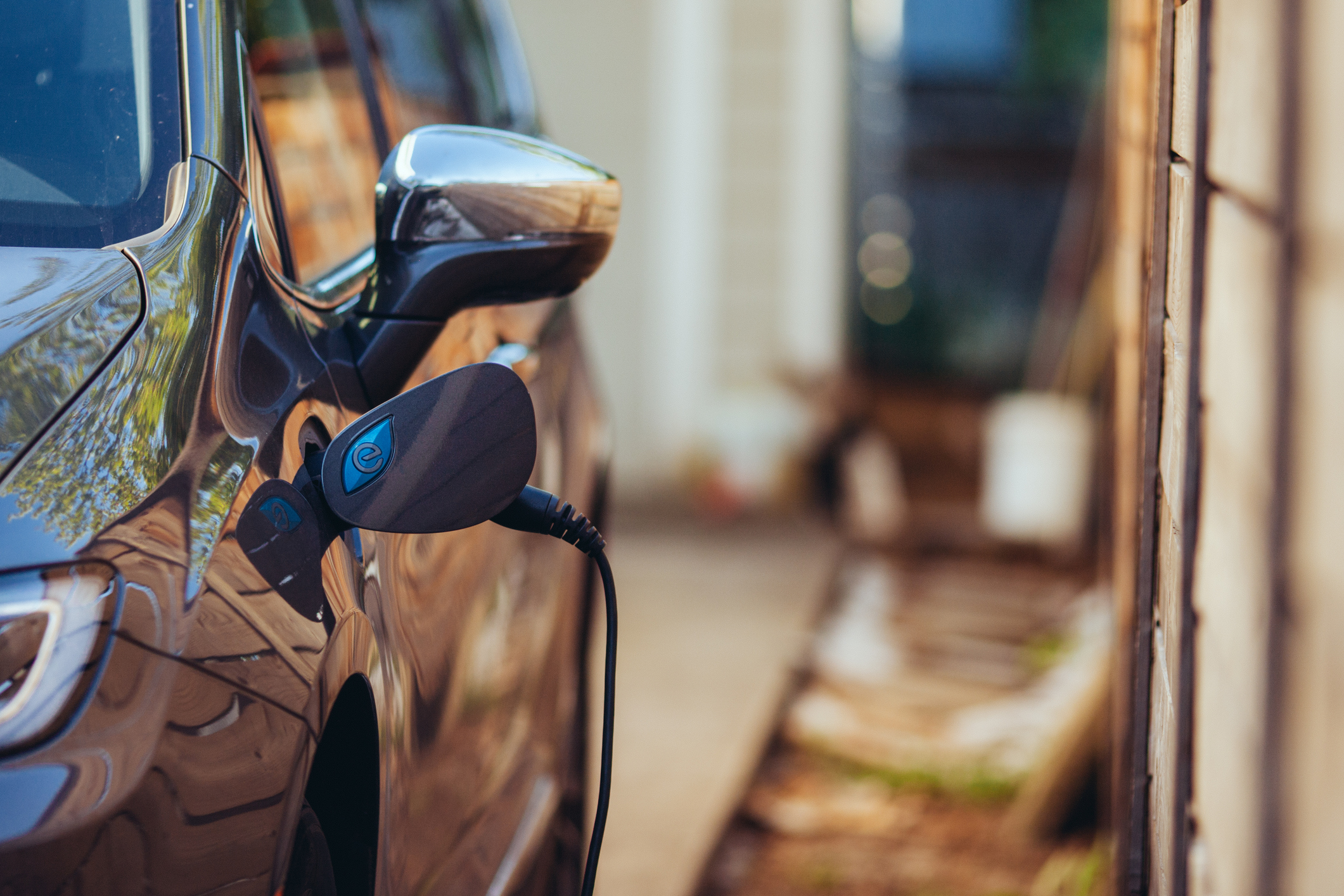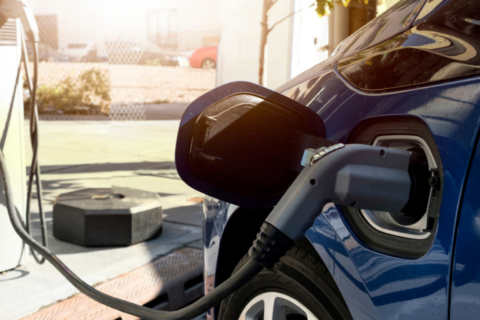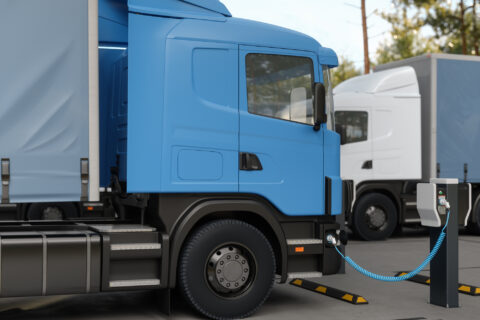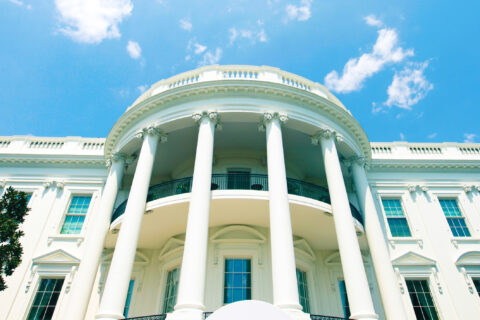As cities, towns, and villages across the country work to meet the infrastructure needs associated with growing demand for electric vehicles (EVs), local governments are navigating a complex policy environment, while working to deliver results for their residents.
This was a recurring topic of conversation at the second annual convening of the State and Local EV Workforce Collaborative, co-led by the National League of Cities (NLC) and the National Governors Association (NGA) with support from the Siemens Foundation. Designed to support state and local leaders in meeting the electrification sector’s growing workforce needs, the Collaborative’s convening created space for honest discussion about what’s working, what’s stuck and what’s needed to move forward.
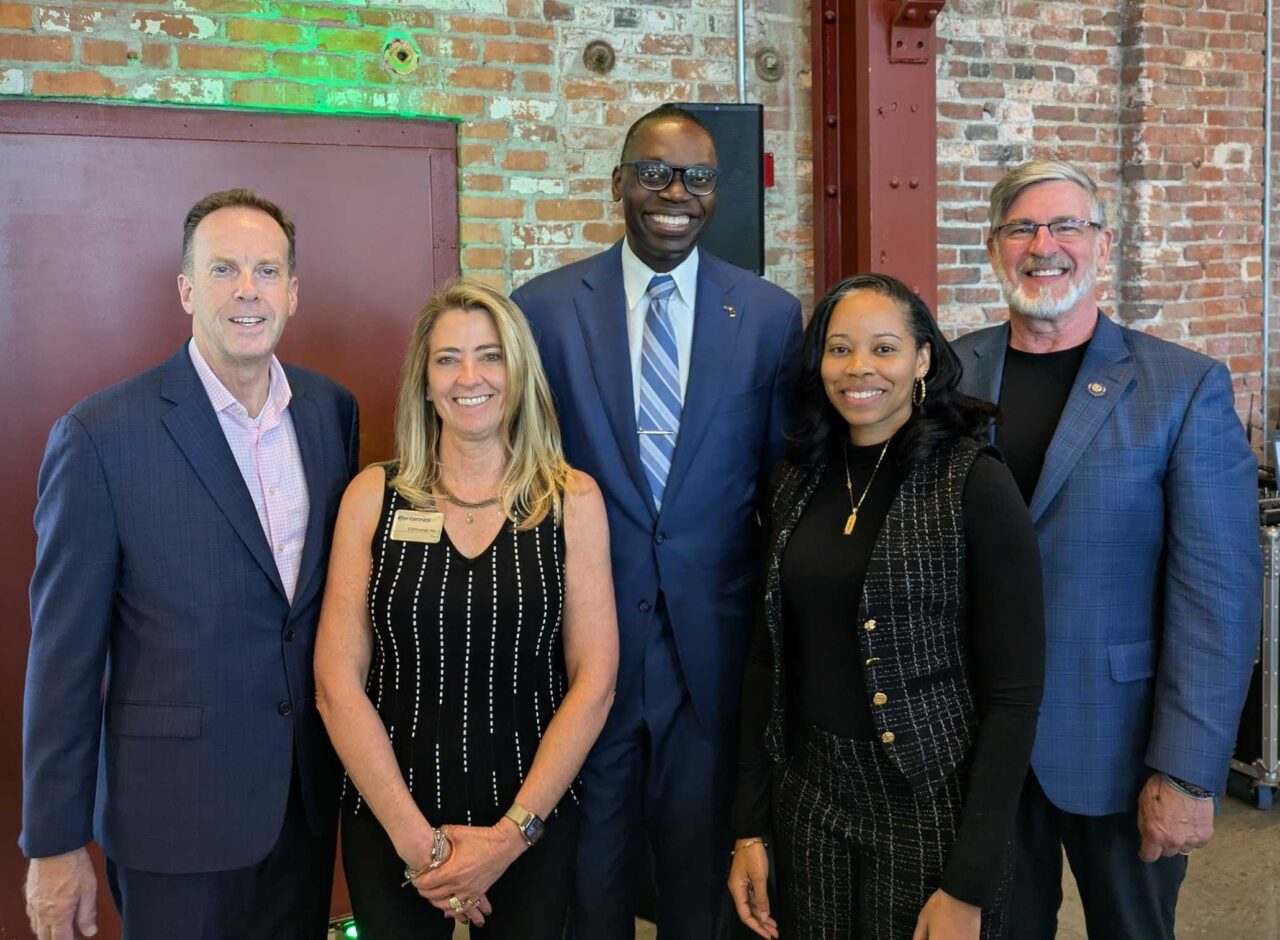
For local leaders in particular, the urgency is clear: demand for EV installation and maintenance is growing quickly, but the systems that enable it — utility coordination, power supply, education requirements and employer needs — are often shared with private sector, state and regional entities. Local governments are navigating the gaps that exist between training, regulation and execution, all while maintaining public trust and carrying fiduciary responsibility.
A Local Lens on Workforce Readiness
Cities are no stranger to complexities in navigating utility coordination, permitting processes and infrastructure upgrades, and local leaders rise to the challenge with creativity and collaboration. In the EV sector, strong partnerships between municipalities, employers, education providers and community organizations are critical to build career pathways that align with local industry needs.
Organizations like ChargerHelp and Women Who Charge lead the way through community-rooted programs that connect underrepresented talent to EV infrastructure careers. Their models demonstrate how local partnerships with industry, educators and workforce systems can create inclusive pathways into a growing sector, while building the local capacity cities need to meet infrastructure goals.
From retrofitting parking structures to building new training programs, local governments prove that shared purpose and strategic collaboration can overcome fragmented systems. What’s emerging is not just a workforce strategy but a model for community growth and innovation.
Plug In Philly: A Local Strategy with Long-Term Promise
Another promising example is Plug In Philly, a workforce initiative developed by the City of Philadelphia to meet EV workforce needs and boost diversity in the field. Through hands-on training, an industry-recognized curriculum and wraparound supports like childcare and career coaching, the pre-apprenticeship program prepares participants for family-sustaining careers in local EV infrastructure.
Philadelphia is also addressing a core employment gap. While electricians are in high demand, the city has one of the lowest concentrations of electricians among major U.S. metros. By expanding local hiring, collaborating with community partners to grow the pipeline of individuals interested in EV-related careers, and braiding resources supporting the city’s broader electrification goals, Plug In Philly exemplifies the kind of homegrown, scalable solution that provides goods jobs that meet private-sector demand.
What’s Next: Telling a Strong Local Story
Participants emphasized the need for clearer, more consistent messaging about the EV sector, especially at the local level, where residents are looking for practical information and community-centered outcomes. National narratives tend to cause confusion, overlooking the real progress being made in cities and towns across the country.
“Firefighters respond to 400 vehicle fires a day. You don’t hear about it unless it’s an EV,” one attendee noted, highlighting how skewed public perception can be. By centering stories around safety, opportunity and economic growth, municipalities can build public understanding and support for the EV workforce transition.
The EV market reached 1.56 million sales in 2024, a signal of the surging momentum. EV-related jobs are growing, adoption is increasing and charging infrastructure is expanding. Framing this work through shared values like local innovation, neighborhood investment and community resilience can help cut through noise and foster trust. When stories reflect real people, real jobs and real benefits to the community, messaging resonates and drives engagement.
Moving Forward Together
The convening affirmed that cities, towns and villages are not alone in facing these hurdles. Whether it’s adapting old infrastructure, staying ahead of EV misconceptions, coordinating with regional utilities or ensuring community colleges have the resources to deliver hands-on and relevant training, local leaders are central to the electrification transition.
Mayor Stephanie Piko, Mayor of Centennial, Colorado, and co-chair of the Collaborative, pointed to the tremendous progress made in just a few short years from initial conversations about EV infrastructure to now developing full-fledged EV workforce strategies. She emphasized the power of local resilience, collaboration and “borrowing from others’ playbooks” rather than building in isolation. “Let’s learn from each other, adapt what works, and move faster together,” she said.
Justine Johnson, Michigan’s Chief Mobility Officer and co-chair of the Collaborative, spotlighted Michigan’s proactive steps to reduce emissions while building an innovative-driven economy. She shared how initiatives like the MI Mobility Fellows Program, expanded Michigan Scholars Program and the Electric Vehicle Jobs Academy are strengthening the future of electrification in Michigan communities.
Participants also stressed that city governments are uniquely positioned to convene partners, lead the shift to EVs by example and center the needs of their communities. Whether that means transitioning city fleets to EVs, investing in local messaging strategies or involving community colleges and employers earlier in planning, local governments actively shape the workforce and infrastructure systems that enable broader EV adoption.
“EV jobs are here and they’re growing,” one attendee noted. “But we need local systems ready to meet the moment.”
The mission at the local level remains unchanged: connect people to real jobs, expand economic growth and ensure the benefits of electrification are understood broadly and experienced equitably.
With partners, storytelling and a commitment to action, cities, towns and villages across the country can lead the charge, now and into the future.
Learn More About the EV Charging Workforce
Get more information on NLC’s partnership with the National Governors Association on the State and Local EV Workforce Collaborative. This task force is composed of state, municipal, federal, regional, industry, labor, education and non-profit leaders to set the vision for the work of the collaborative over the next two years.
